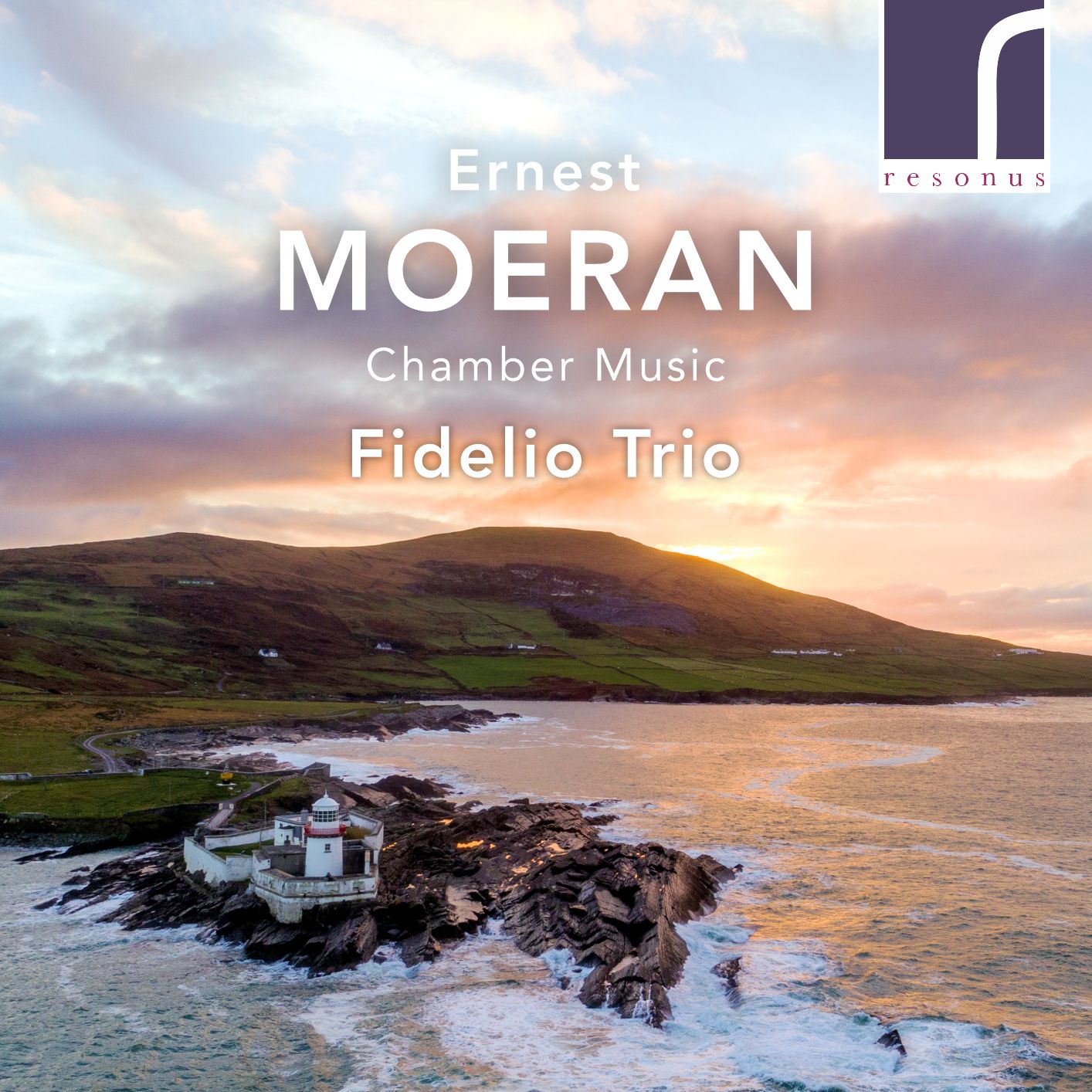Moeran Chamber Music
Moeran's voice is brilliantly individual. It's a fair but though, that those readers who enjoy the English Pastoralist tradition will enjoy this!

Ernest J. Moeran (1894-1950) was an English copomsper with a pronounced love for Ireland (he was partially of Irish extraction himself) as his father was born in Dublin. He libed for several years on Valentia Island, one of Irealnd's most westerly points.before making his home at Kenmare from around 1934 until his death there in 1950. The Fidelio Trio hosts a festival on Valentia each yar, focusing on Morean's music.
The early Violin Sonata and Piano Trio reveal the musical infliuences of Ireland. Dating from 1923, the Violin Sonata in E minor in part reflects the influence of Moeran's teacher, John Ireland (Classical Explorer will at some point consider Ireland's Piano Concerto, a piece that realy eeds to be heard more often). But there is an indivvidual voice here , and listening to the profundity of the second movement reveals just how interior Moeran's music can be - capturing the shadows of the composer's warteime experiences, perhaps:
Parts of the finale seem almost experimental, with Moeran taking textures down to the bare minimum in contrast to the vivid momentum elsewhere (sometimes, dancing, mroe often with a subtle threatening undercurrent):
The combination of Darragh Morgan (violin) and MaryDullea (piano) in this performance is a winning one. Suppoerted by a fabulously present recording that captures the depth of teh piano sound perfectly, is in itself constitutes a major reease.
The Sonata for Two Violins (1930) is performed by Darragh Morgan and a guest violinist, Nicky Sweeney. It is for just two violins (so no piano), womething which gives it a slightly airborne, and certainly haunting, quality:
Dating from 1930, this sonata was written at a time of illness for the composer. To my ears, parts sound somewhat liek Hundemith. This is a stunning performances,, two equal violin parts engaged in dialogue at the highest level. The stricture fo the sonata as a whole is interesting, too. Instead of a slow movement there is a shourt Presto, whirling, threatening to burst into Irish ance at times, with episides of whimsical melody:
The finale is fascinating, a Passacaglia on folkish themes, Perhaps the tempo indication indicates the way to handle such a juxtaposition of the formally strict and the melodically free: "Poco maestoso, ma con moto". The performance is gripping:
The entrance of the piano's rich chords and the burnished cello of Tim Gill in the later, 1943 Prelude for Cello and Piano is balm indeed. It dates from a time that Moeran was beciming reacquainted with cellist Peers Coetmore: the two got married in 1945, two years later. There is more than a hint of a love song here, underpinned by a herat-centred contentedness:
Finally, the substantive Piano Trio in D-Major (1920). We're back to the early works, and there is a freshness of invention that shines from the musical surface of the first movement:
Dating a decade after Ravel's {Piano Trio, there are undeniable influences, yet the music is impeccably of Moeran's pen. Let's hear the second movement, (of four), a Lento mesto - Andante (mesto means sad), with its powerful harmonies (perfectly placed by Mary Dullea):
The third movement is an Allegro vivace, a many faceted and playful movement before the finale allows for a cyclical reappearance of material from the first movement:
Moeran's voice is brilliantly individual. It's a fair but though, that those readers who enjoy the English Pastoralist tradition will enjoy this!
Moeran Chamber Music (Resonus)